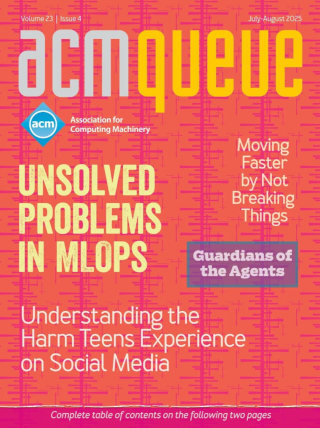
A Lesson in Resource Management:
Waste not memory, want not memory—unless it doesn’t matter
Dear KV, I’ve been reworking a device driver for a high-end, high-performance networking card and I have a resource allocation problem. The devices I’m working with have several network ports, but these are not always in use; in fact, many of our customers use only one of the four available ports. It would greatly simplify the logic in my driver if I could allocate the resources for all the ports -- no matter how many there are -- when the device driver is first loaded into the system, instead of dealing with allocation whenever an administrator brings up an interface. I should point out that this device has a good deal of complexity and the resource allocation isn’t as simple as a quick malloc of memory and pointer jiggling -- a lot of moving parts are inside this thing.
Online Algorithms in High-frequency Trading:
The challenges faced by competing HFT algorithms
HFT (high-frequency trading) has emerged as a powerful force in modern financial markets. Only 20 years ago, most of the trading volume occurred in exchanges such as the New York Stock Exchange, where humans dressed in brightly colored outfits would gesticulate and scream their trading intentions. Nowadays, trading occurs mostly in electronic servers in data centers, where computers communicate their trading intentions through network messages. This transition from physical exchanges to electronic platforms has been particularly profitable for HFT firms, which invested heavily in the infrastructure of this new environment.
Barbarians at the Gateways:
High-frequency Trading and Exchange Technology
I am a former high-frequency trader. For a few wonderful years I led a group of brilliant engineers and mathematicians, and together we traded in the electronic marketplaces and pushed systems to the edge of their capability.
Passively Measuring TCP Round-trip Times:
A close look at RTT measurements with TCP
Measuring and monitoring network RTT (round-trip time) is important for multiple reasons: it allows network operators and end users to understand their network performance and help optimize their environment, and it helps businesses understand the responsiveness of their services to sections of their user base.



